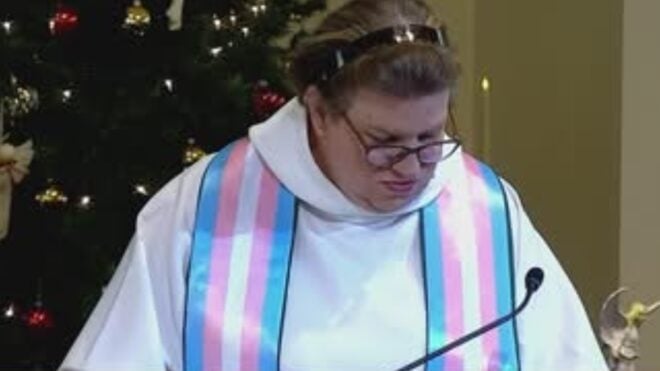Like most people, I dream of somehow getting rich quick. When facing piles of bills, debts, and responsibilities, who doesn't dream of accidentally landing in a pile of cash?
That's why I love to research valuable antiques. Of course, I very much respect and appreciate history, but I've also read plenty of stories in which regular shoppers became overnight millionaires — and it would be great to one day follow suit!
So I decided to do some research, and what I found was absolutely fascinating. After speaking with experts — artist and collector Pablo Solomon, antiques dealer Charles Snider, and Jim Plumer of Alex Cooper Auctioneers — I learned some great pointers.
Now, the next time I'm at a yard sale, thrift shop, or antique store, I'll know exactly what to look out for. It might not make me an Antiques Roadshow star, but you never know!
Do you know someone who loves antiques? Be sure to SHARE so they'll know how to spot rare items!
1.) Silver
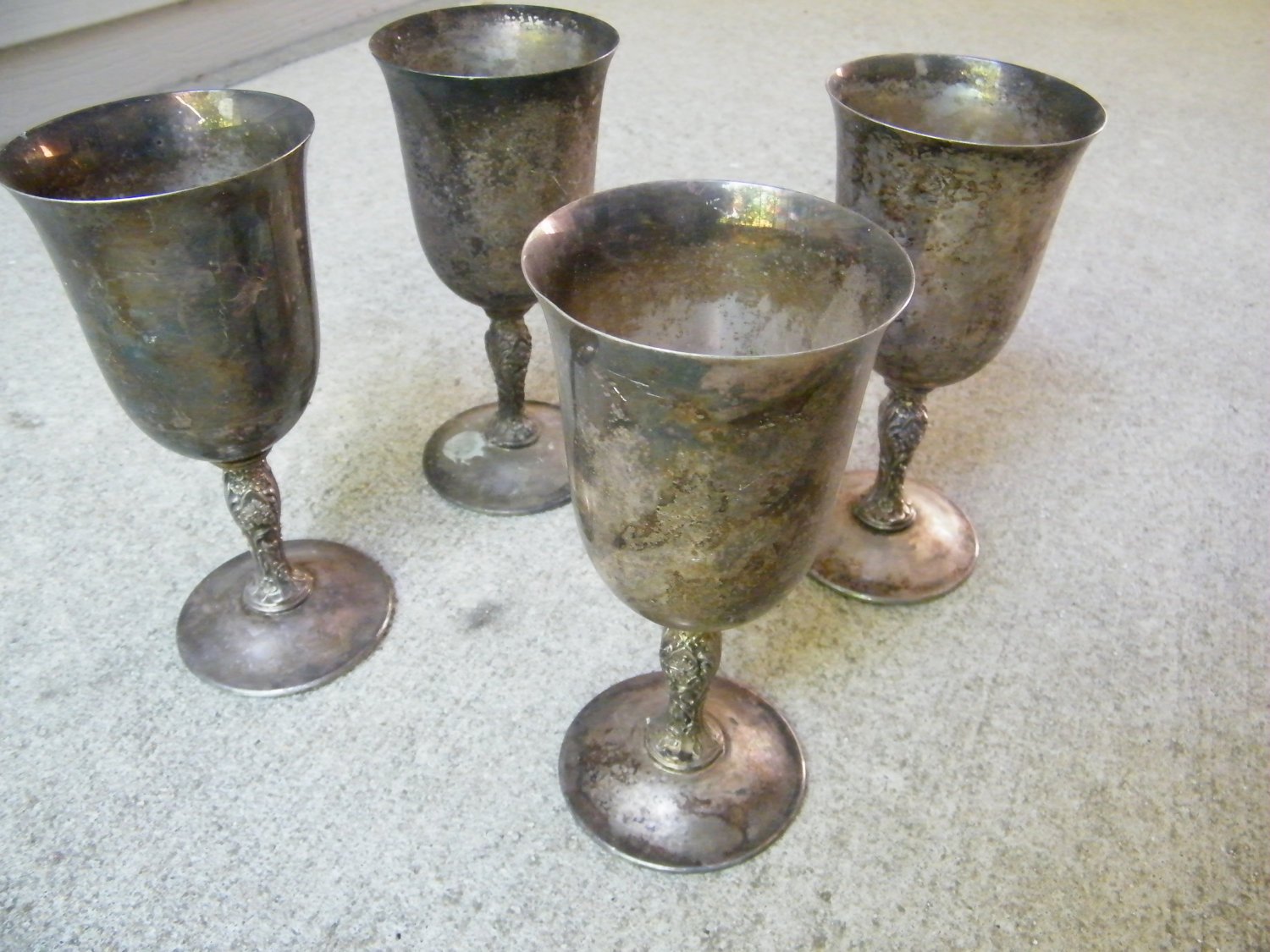
If you come across what looks like silver, whether tarnished or not, antiques experts urge you to turn it over. Check the bottoms of cups, plates, and the handles of cutlery to see if there are any silver marks, or "hallmarks." According to Charles Snider, a long-time NYC collector, stamps like "925," "ROGERS," or "GORHAM" are a few marks you want to look out for.
2.) Paintings and Frames
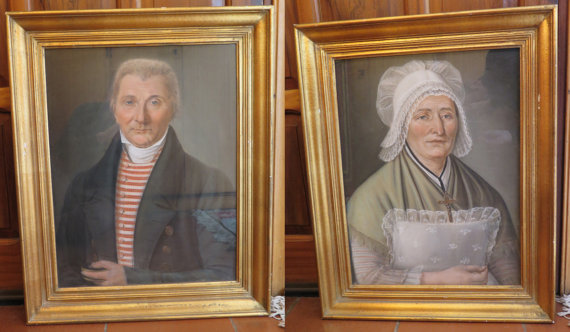
When you stumble across paintings at thrift shops and yard sales, try to look beyond the subject matter or style. Keep an eye out for signatures, dates, and textures — but also pay attention to their frames. As explained by artist Pablo Solomon, frames are often very valuable but completely overlooked. Always turn a painting over and examine its backing and frame; look out for hand-carved, wooden frames.
3.) Porcelain
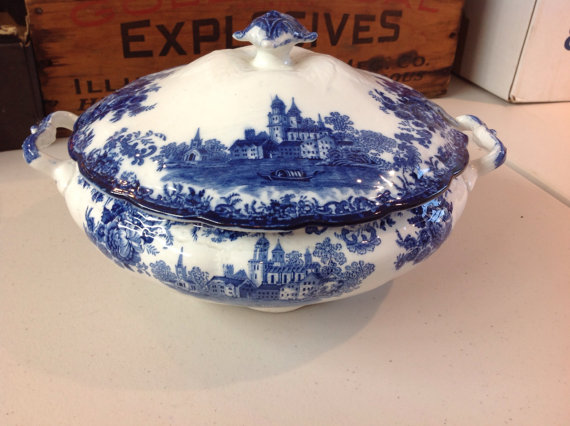
Much like in the case of silver, when you spot porcelain, China, or pottery, always examine its bottom. According to Jim Plumer of Alex Coopers Auctioneers, you'll want to look out for stamps that say "Worchester," "Derby," "McCoy," and special symbols like crossed swords. Often, these pieces are incredibly valuable.
4.) Baseball and Trading Cards
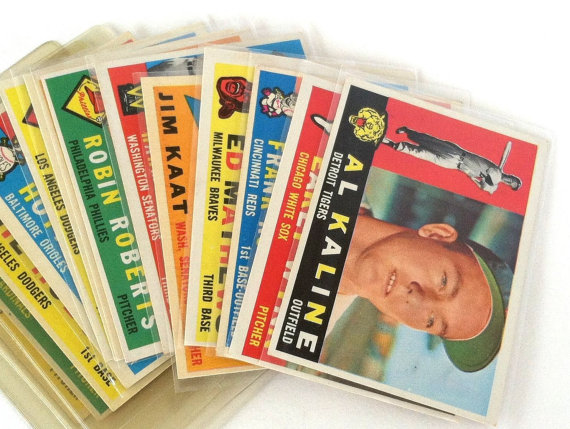
Baseball and trading cards can be a bit tricky, as their condition is very important to collectors, but always keep an eye out for them just in case. If you think you currently own any valuable cards, take a look at the players on your cards. Though Hall of Famers are obviously very valuable, no-name players are also highly sought after, as serious collectors hope to own complete sets.
5.) Stamps
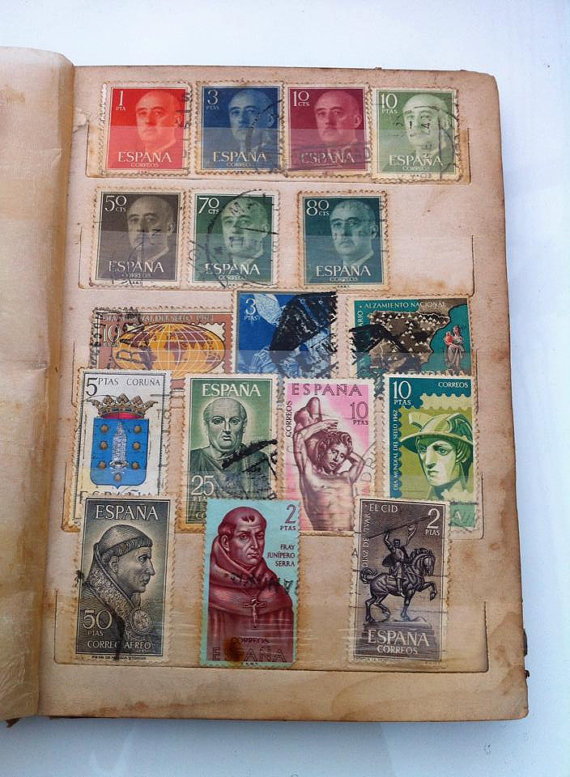
If you're digging through an old box and come across a few stray stamps — or better yet, a book of stamps — you might want to hold on to them. Because most stamps were produced in large numbers, it can be hard to find ones that are incredibly rare — but, as in the case of baseball cards, you might find buyers looking to complete their collection with your stamp.
6.) Glassware
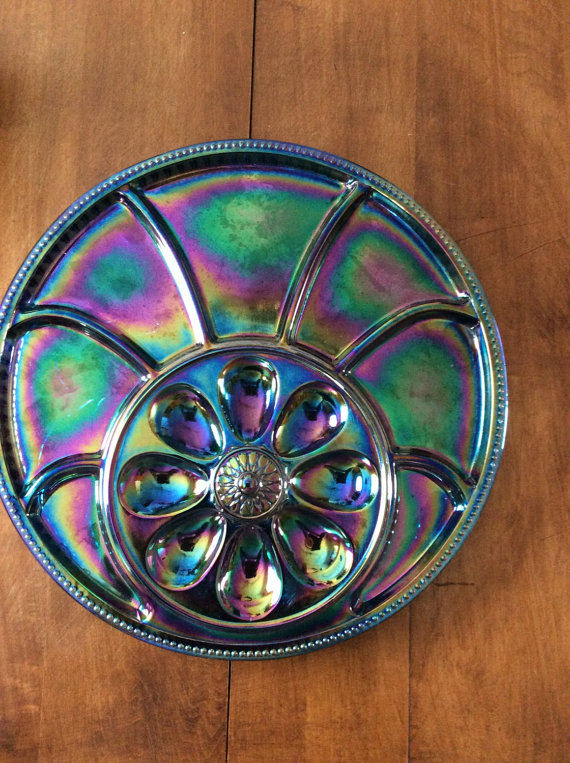
When it comes to valuable glassware, the signs can be a little easy to miss. While some types, like carnival glass, are easy to spot because of their eye-catching style, others are a little more subtle. You'll want to look for signs of age, like bubbles, asymmetry, and irregularities in clarity. As always, also keep an eye out for stamps or marks on the bottom of pieces.
7.) Coins
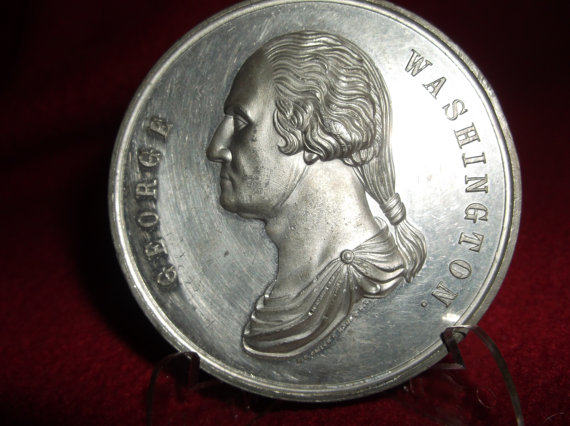
When it comes to coins, the devil is in the details. Many aspects of a valuable coin might be easy to miss — things like dates, irregularities, and materials. If you have or come across a large collection of coins, or a unique-looking individual coin, it certainly wouldn't hurt to have them looked over by a collector or appraiser.
8.) Furniture
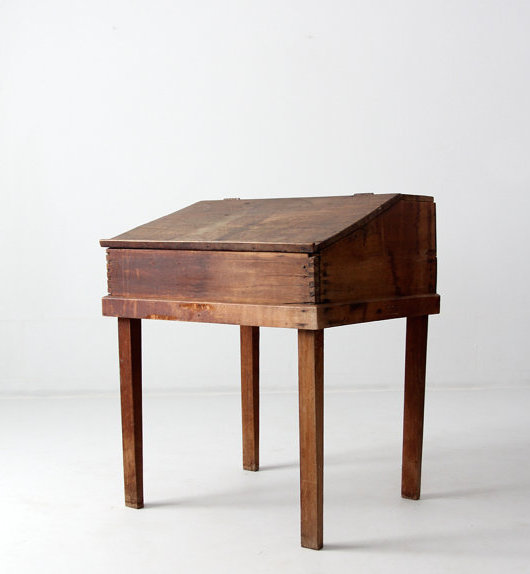
If you're looking for — or think you might already own — a piece of antique furniture, start by examining its construction. As Pablo Solomon advised us, you want to look out for details like dovetail joints, square nails, or brass pulls and hinges. If you see a lot of modern touches — screws, particle board, perfect symmetry — chances are, this is not a valuable piece of furniture.
Please SHARE so friends and family will also know how to spot antiques!


